Get ready for chilly mornings, shots of silhouetted Formula 1 cars, and a litany of estimates, guesses and hearsay. It’s time for pre-season testing.
It’s the most wonderful time of the year. No, not Christmas. We’ve had that. Instead, there is an entirely brand-new Formula 1 campaign looming on the horizon. We say brand new, but in effect this is more akin to 2019: the rematch, given the minimal regulation changes and stability on the driver market. We have had two driver changes, one cosmetic name change, no team/engine swaps (for the first time since 2012/13) while last year’s Pirelli tyres have been maintained. And there is another constant: we’re about to go testing at the Circuit de Barcelona-Catalunya.
The venue, which has been retained as the host of this year’s Spanish Grand Prix, has long been favoured as Formula 1’s testing home for a variety of reasons. It is relatively close to the majority of team bases – with Formula 1’s 10 squads located in Britain, Italy or Switzerland – the drivers have extensive knowledge of the circuit – reducing the risk of mistakes or session-ending damage – while the Mediterranean climate typically means some of the best weather found in Europe in late February, even if snowfall did wreck running in 2018.
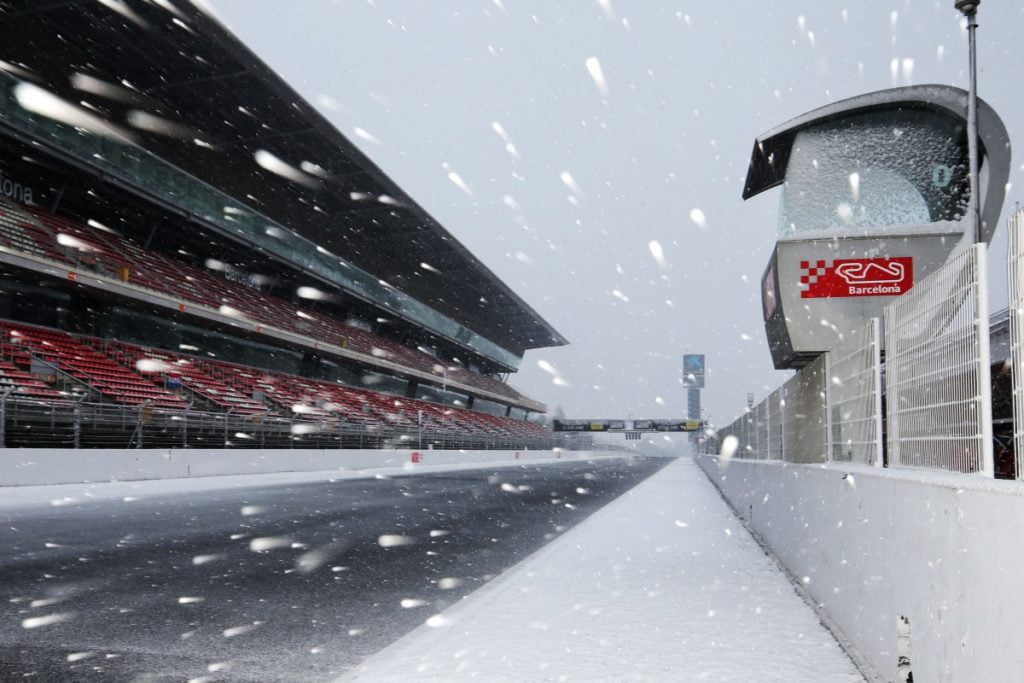
As part of the (possibly) expanded 22-round calendar for 2020, with Vietnam joining and the Netherlands concluding a 35-year absence, pre-season testing has been cut from eight to six days. It leaves teams with a reduced window in which to understand their new packages, albeit with the caveat that technological advancements (for that read simulator and computer reliance) has reduced the importance of on-track running. How does testing work? Well, each team is permitted to field one car on each of the six days of testing (February 19-21, February 26-28) at the circuit, which will be open from 09:00 to 18:00, with a one-hour break for lunch at 13:00. Teams typically split running time 50-50 between their drivers. The first test, which for most teams has already been preceded by a ‘shakedown’ or filming day, is usually about implementing a benchmark, getting drivers comfortable, undertaking systems checks, and generally getting up to speed. The more representative performance runs are unlikely to come until the second test. Even then, the results can be misleading. Carrying out testing at one venue, even accounting for its range of corners, means teams will still have limited data. Barcelona in February is very different to Melbourne in March. Tarmac abrasion, kerb usage, temperature, corner duration etc etc. We are unlikely to have a full picture of fuel loads, exact tyre compounds or even whether or not a driver hooked up their fastest lap. The best guesses can usually come from trackside or in the body language of team representatives and drivers. It is one of the joys and frustrations of the pre-season period: piecing together a jigsaw when some of the parts are incomplete or missing. And don’t forget that Lewis Hamilton is currently on a six-in-a-row pole streak in Melbourne, so place your bets on that already. Don’t say we didn’t give you good advice.
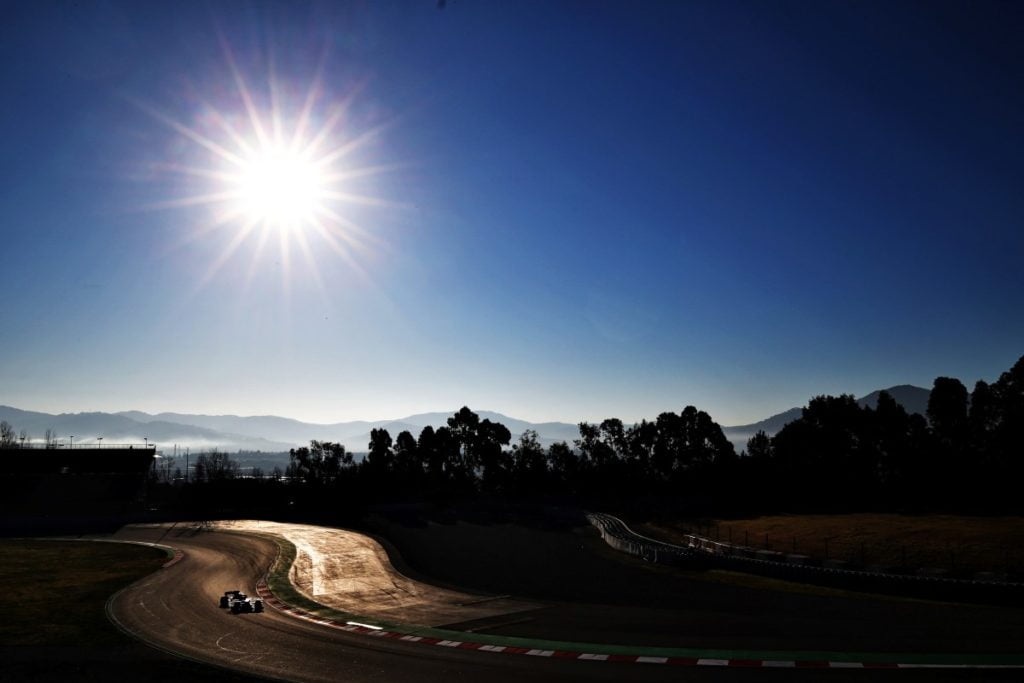
Drivers, team members – and specifically technical directors – will enter the pre-season period with equal parts excitement and trepidation. Their ambitions will vary – titles, wins, podiums, points; glory or merely a return to respectability – but the nerves will be the same when the green light comes on at the end of the pit lane in Barcelona on Wednesday morning. It won’t be long until the Australian Grand Prix, where the stopwatch and the timesheets won’t lie.
Mercedes once more heads into the season with a target on its back. For all of the frantic racing at the front in 2019 and talk of a three-team title fight it currently stands head and shoulders above its rivals. Mercedes has marched to six straight Constructors’ titles and claimed 15 wins from 21 events in 2019. That’s 15 for Mercedes, six for everyone else. It is operationally strong, is in possession of one of the sport’s greatest drivers in Lewis Hamilton, and in Valtteri Bottas has an adept back-up who continues to evolve and improve. The Silver Arrows remain the gold standard, so you’d be hard-pressed to bet against a magnificent seventh for both driver and team.
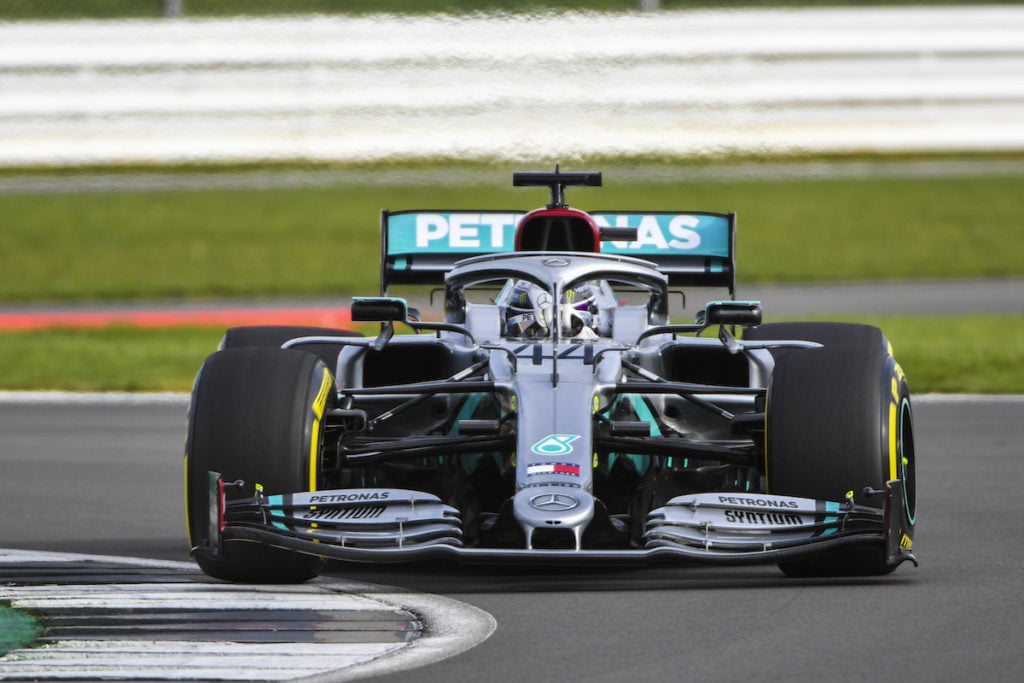
Is this the season for Ferrari? You could almost copy and paste stories about green shoots of initial optimism from the previous decade of disappointment for a squad whose lustre remains but whose success has faded. Last year promised much but delivered little for an operation that is more akin to an institution than a team, and whose owners demand, rather than expect, relentless success. Development issues, reliability, strategic blunders and driver mistakes all cost Ferrari in 2019. In Charles Leclerc it has its anointed long-term star and in Sebastian Vettel it has the wounded but distinguished champion determined to prove this ain’t a last hurrah. Will the Horse be prancing come Abu Dhabi? It has been 12 years of hurt for those who support the house of Maranello.
If Ferrari falters then could Red Bull be the force to challenge Mercedes? It began 2019 on the backfoot amid early chassis difficulties, and the nascent nature of its Honda partnership, but there are no excuses for 2020. It knows this is its best title chance since the swashbuckling days of the early 2010s. Newly-re-signed Max Verstappen flourished through 2019 and is ready for a championship challenge while Alexander Albon went from risky rookie to fine front-runner in the wake of his shock mid-season promotion.
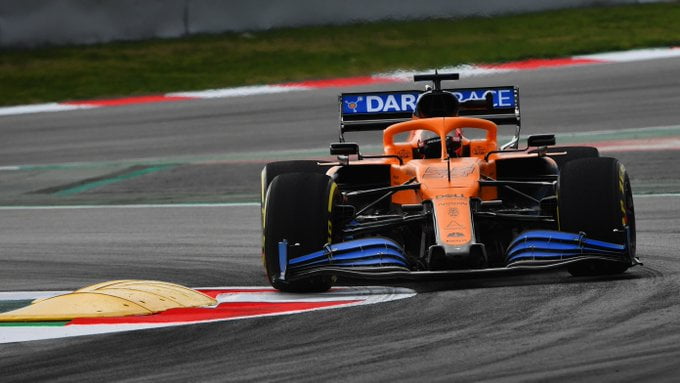
The ‘big three’, as they have been termed, have grabbed every race victory since 2013 and their hegemony is unlikely to be broken in the short-term. But below the front-running positions is a secondary battle that is often decided by tenths, if not thousandths, of a second, involving a hatful of teams.
After its Honda humiliation, and 2018 introspection, 2019 proved to be far better than expected for a rejuvenated McLaren operation. A buoyant atmosphere developed, fuelled by the on-track turnaround and off-track bromance between ex-Red Bull junior Carlos Sainz Jr. and McLaren protégé Lando Norris. The outstanding Sainz Jr. pocketed a well-deserved podium in Brazil while Norris impressed many observers, firmly consigning an underwhelming Formula 2 campaign to history. More of the same will be well-received by those in Woking, with 2021 – and the rekindling of its Mercedes relationship – the real target.
Closing the gap to the front-runners is an aspiration for McLaren but merely maintaining their status as midfield kings is no guarantee. They need only look one garage down for the evidence. A year ago Renault, with big-money signing Daniel Ricciardo, expected to hone in on Formula 1’s leaders but instead found itself overhauled by McLaren and only just about swatting aside Red Bull’s junior team. There has been a technical overhaul at Enstone, an acceptance of sorts that the R.S.19 was a flawed package, as it bids to prove 2019 was a blip in its long-term plan. Ricciardo stays for year two while Esteban Ocon has been recruited on a two-year deal, the Frenchman having spent 2019 on the side lines as Mercedes’ reserve after previous race driver roles at Manor and Force India.
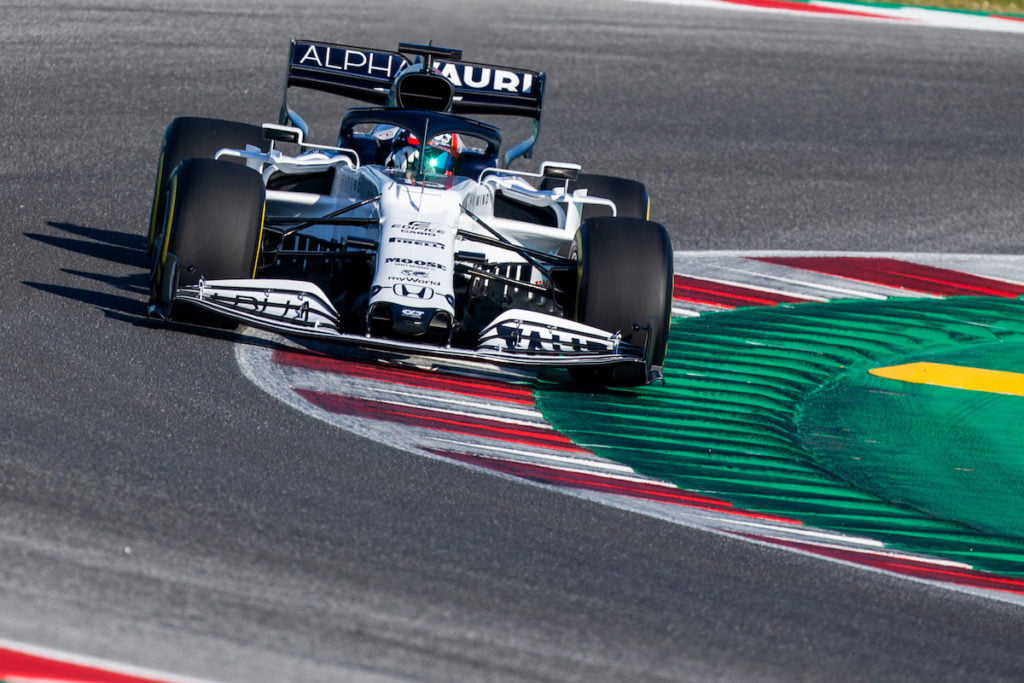
Toro Rosso scored two shock podiums in 2019 as the Italian minnows provided a couple of fairy-tale plotlines, with the rostrums grabbed by Daniil Kvyat and Pierre Gasly both redemptive. Toro Rosso’s role as a training ground for Red Bull has become increasingly obsolete, with both Kvyat and Gasly older than their Red Bull counterparts, and the next step has been the rebranding of the team. It has been arrivaderci to Toro Rosso and ciao to AlphaTauri, with Red Bull keen to provide additional exposure to the clothing company it established a few years ago. If AlphaTauri can continue to star by giving established manufacturers a run for its money, and pick up any more silverware, then it’ll be a job well done.
Racing Point acknowledged that its 2019 season was likely to be compromised by its mid-2018 takeover and it was thus a rebuilding campaign for a team now flushed with greater resources. The three-stage mid-season update transformed the team’s prospects and standout Sergio Perez was magic after the summer break. Perez has now committed to Racing Point through 2022, another feather in the cap of a team that is expanding its workforce and in the process of constructing a new facility, with mid-2021 targeted as an opening date. Lance Stroll, poor on Saturdays, stronger on Sunday, remains. Greater times are surely coming, particularly with its morphing into Aston Martin’s works team now set for 2021.
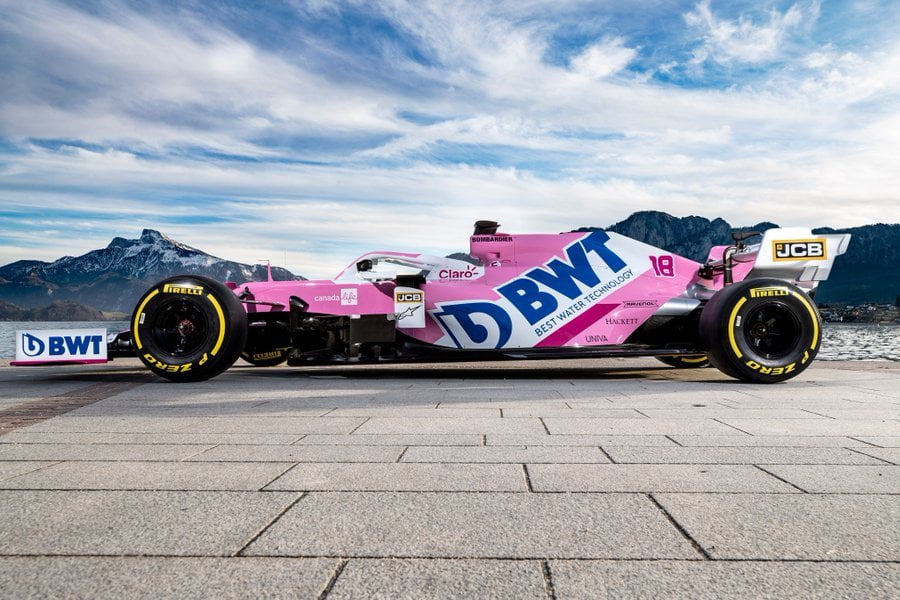
Alfa Romeo had an indifferent season. The squad, still essentially Sauber, maintained eighth place, scored more points, but drifted back towards the rear of the midfield. The noises emanating from Hinwil have not been overly optimistic while Alfa Romeo’s long-term presence is under question amid the PSA/FCA merger and poor road car sales. The evergreen Kimi Raikkonen remains, and is set to become Formula 1’s most experienced driver in France, a statistic that will surely neither interest nor engage the laconic Finn. Antonio Giovinazzi came close to being offloaded but Ferrari’s sway was sufficiently instrumental for the Italian to remain onboard for 2020.
Haas’ plight through 2019 was a relentless tale of woe and frustration. Having come so close to fourth in 2018 it plummeted to ninth last year, with its impressive one-lap pace wrecked by lacklustre race performance. The team’s minimal resources accentuated its plight, as did pressing ahead with a package that the experienced Romain Grosjean initially disliked. By the time Haas realised this and began to understand its woes the season was already heading towards the waste bin. Weekends turned into extended test sessions for both Grosjean and Kevin Magnussen, with an eye on righting the wrongs for 2020.
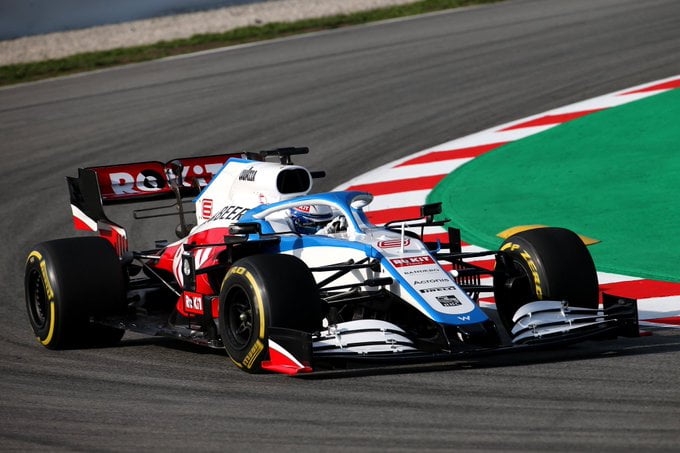
Williams was braced for a troublesome 2019 but failure to escape from Q1, and just one fortunate point, marked the worst season in its distinguished history. It enacted changes in response and the FW43 will be the acid test of whether the extensive behind-the-scenes work has paid off. It is not expected to move mountains, given the evolutionary nature of the car, but is targeting a return to respectability, which in layman’s terms means fighting for Q2 and aspiring for points. Given that the FW43 has already run the team is already ahead of where it was with its FW42. It has highly-rated Mercedes-backed youngster George Russell under lock and key while Formula 2 runner-up and 2019 tester Nicholas Latifi has replaced Robert Kubica, becoming the only new face for 2020. Rookie of the Year awards can already make their way to Toronto, via Grove.
Motorsport Week will be present at each of the six days of pre-season testing, which begins early doors on Wednesday.










Discussion about this post